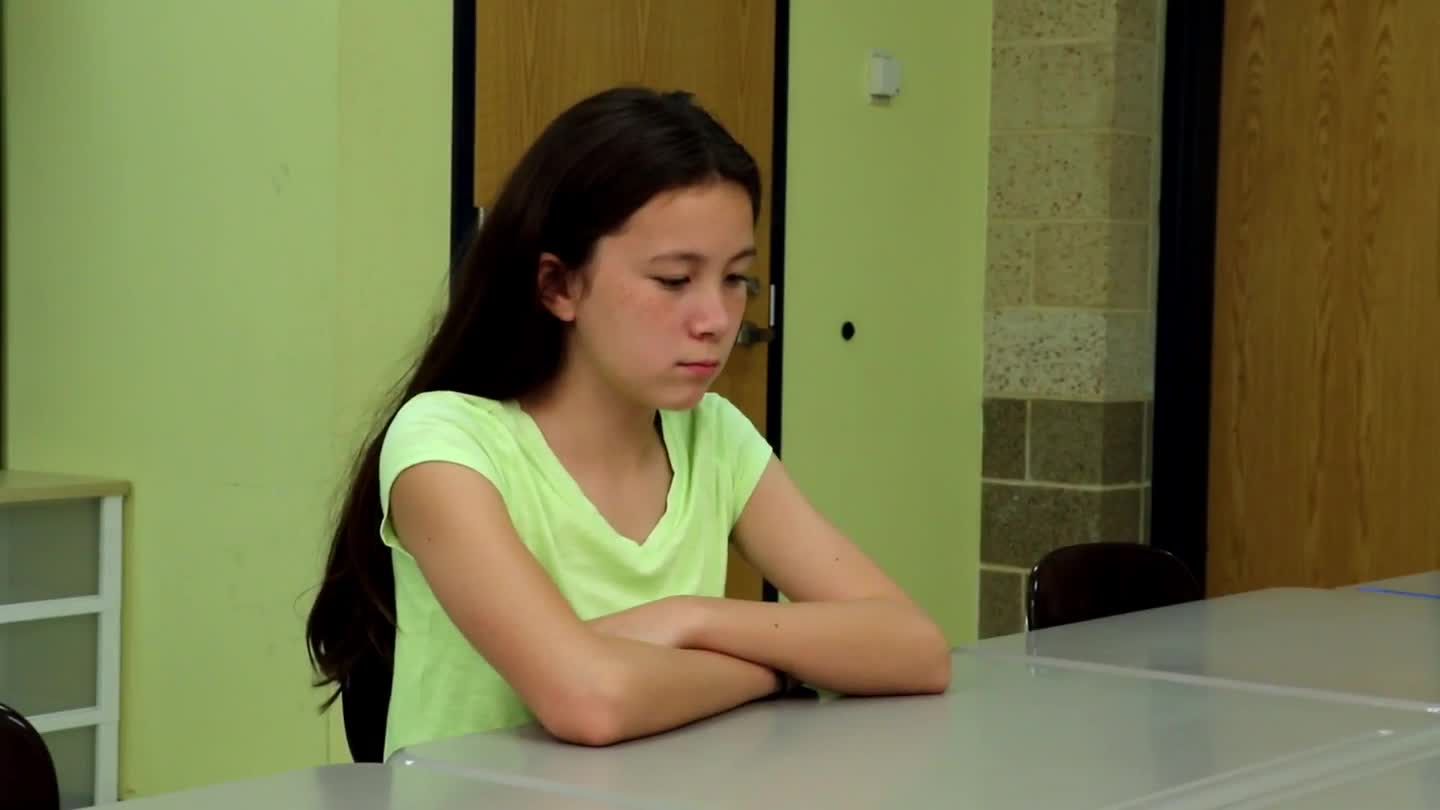
Introduction
Teaching students to be the bigger person is an essential component of social-emotional learning. It involves helping them understand that when someone does something hurtful, it’s better to stay calm and not retaliate. This skill is particularly important for educators working with students in special education, as it promotes positive interactions and fosters a supportive learning environment. In this blog post, we’ll explore a no-prep activity to teach this skill, discuss related skills, and provide next steps for educators to continue their journey in promoting social-emotional learning.
No-Prep Activity
This activity, called “The Bigger Person Role-Play,” requires no preparation or materials and can be easily incorporated into any classroom setting. To begin, have the students form pairs. In each pair, one student will play the role of the person who does something hurtful, while the other student will practice being the bigger person. Give the students a few minutes to think of a scenario where someone does something hurtful, and then have them act out the situation.
After each role-play, ask the students to switch roles and repeat the exercise. This will allow them to experience both sides of the interaction and gain a deeper understanding of the importance of being the bigger person. Once the activity is complete, bring the class together to discuss their experiences and share insights on how they can apply this skill in their everyday lives.
Discussion Questions
- How did it feel to be the bigger person in the role-play? What emotions did you experience?
- How did it feel to be the person who did something hurtful? What emotions did you experience?
- What strategies can you use to stay calm and not retaliate when someone does something hurtful to you?
- Can you think of a time when you were the bigger person in a real-life situation? How did it make you feel afterward?
- Why is it important to be the bigger person in social situations, especially in a classroom setting?
Related Skills
Teaching students to be the bigger person is just one aspect of social-emotional learning. Other related skills that can help students navigate social situations and foster positive relationships include:
- Active listening: Encouraging students to genuinely pay attention to what others are saying, rather than simply waiting for their turn to speak.
- Empathy: Helping students understand and share the feelings of others, which can lead to more compassionate and supportive interactions.
- Conflict resolution: Teaching students how to address disagreements in a healthy and constructive manner, rather than resorting to hurtful actions or words.
- Assertiveness: Guiding students to express their thoughts and feelings in a respectful and confident manner, without being aggressive or passive.
Next Steps
Teaching students to be the bigger person is a valuable skill that can have a lasting impact on their social-emotional development. To continue your journey in fostering these essential skills, we encourage you to explore free sample materials available at Everyday Speech. These resources can help you enhance your teaching strategies and provide your students with the tools they need to succeed in social situations.

